Discover surprising facts by asking, “What American foods are banned in Europe?” Due to strict EU food laws, some American products commonly found in the U.S. are banned or heavily restricted in Europe. These regulations are based on concerns about health risks, additives and production practices.
This article explores the differences in food safety standards between the U.S. and Europe and explains why some American foods don’t meet EU criteria.
Here are the top 8 foods banned in Europe:
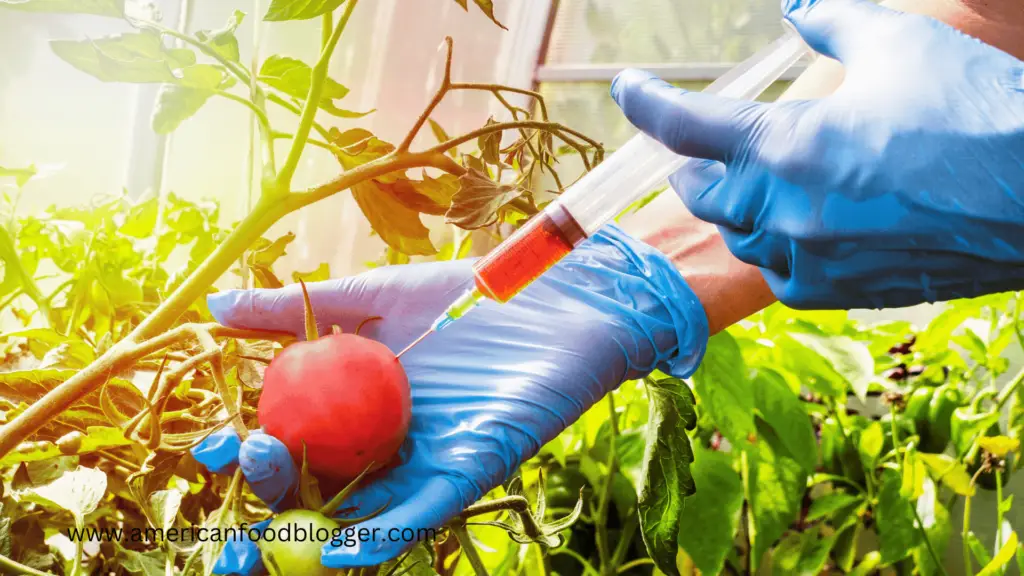
1. Genetically Modified Organisms (GMOs)
Genetically Modified Organisms (GMOs) are common in the United States, especially in crops like corn, soy, canola and cotton. These crops are designed to resist pests, survive herbicides, or be more nutritious, making farming more productive. In contrast, many European countries have strict limits or bans on the use of GMOs in food production.
Why are GMOs Banned or Restricted in Europe
Key concerns include :
1. Health Impact Concerns: Critics say there isn’t enough long-term data to prove GMOs are safe. They worry about risks like allergies, gene transfer to humans and antibiotic resistance, though no direct links have been proven.
2. Environmental Risks: There are worries that GMOs could harm the environment. For example, GM crops might mix with wild plants, creating “superweeds” that resist herbicides and damage local ecosystems.
3. Cultural and Consumer Preferences: Many Europeans prefer organic or natural products and value traditional farming. Countries like France and Germany have strong opposition to GMOs, seeing them as unnatural or unsafe.
As a result, the U.S. widely uses GMO crops in farming and processed foods, while the EU restricts them. Only a few GMO crops are approved for cultivation in Europe and many countries have their own bans.
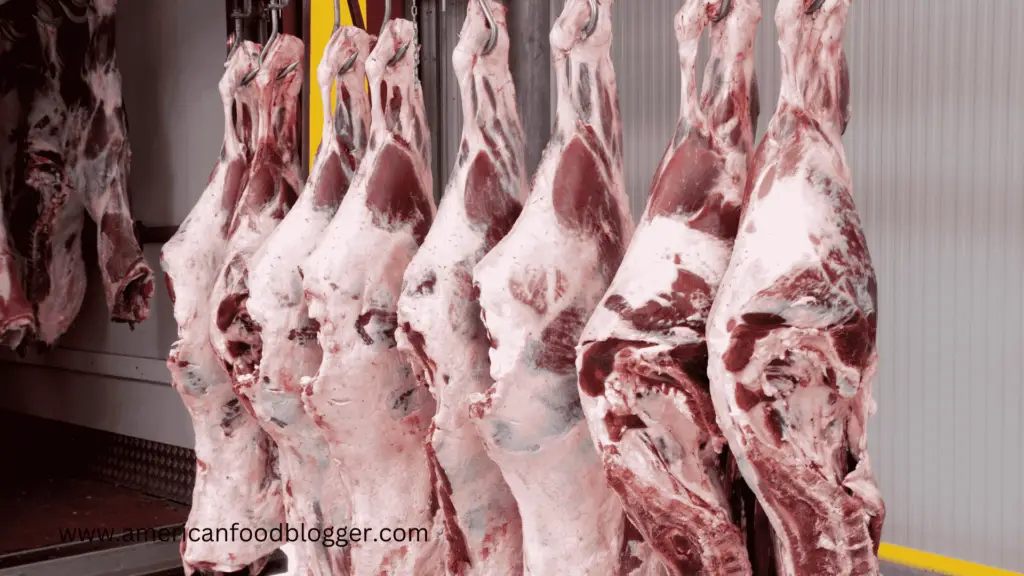
2. Ractopamine Treated Meat
Ractopamine is a drug used in the U.S. to help animals like pigs, cattle and turkeys grow leaner meat faster. Meat from animals treated with ractopamine is common in U.S. stores, but it’s banned in Europe.
Why does Europe ban it
- Health Concerns: The EU is worried that eating meat with ractopamine traces could affect heart health and the cardiovascular system.
- Uncertain Long-Term Effects: There isn’t enough research to confirm that ractopamine is safe for humans over time.
- Precautionary Approach: To avoid potential risks, the EU decided to ban ractopamine and play it safe.
For these reasons, American meat isn’t sold in European supermarkets.
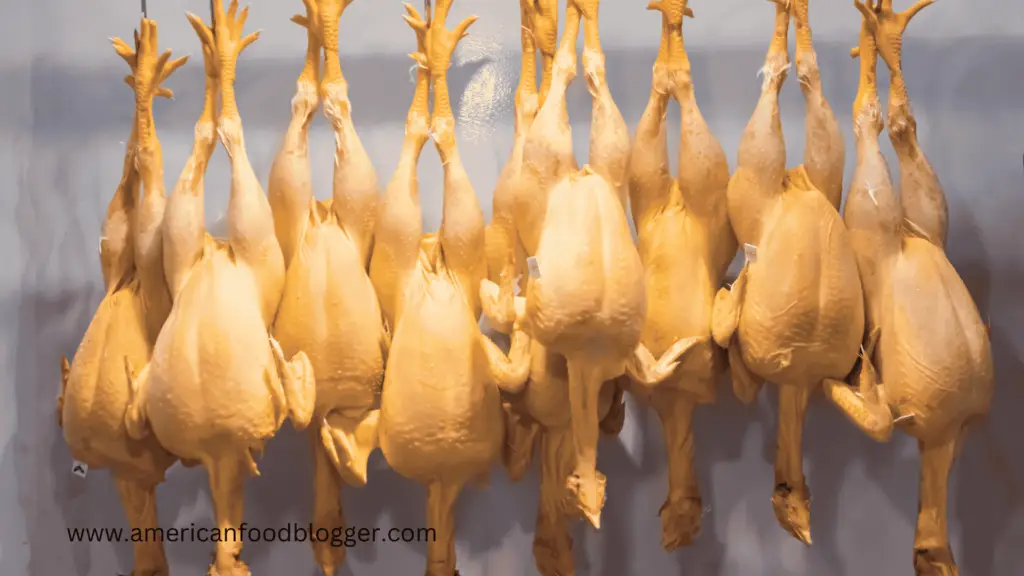
3. Chlorine Washed Chicken
In the U.S., chicken is often washed in chlorine to kill bacteria like salmonella, but this is banned in Europe. The EU focuses on improving hygiene during farming instead of using chemicals. Europeans also believe better animal welfare reduces the need for heavy disinfection. As a result, chlorine-washed chicken is banned in Europe.
Why Chlorine Washed Chicken banned in Europe
key reasons:
- Food Safety: The EU sees chlorine washes as a quick fix for poor hygiene and prefers maintaining cleanliness throughout production to avoid chemicals.
- Animal Welfare: Europeans believe that better living conditions for chickens reduce the need for disinfection, resulting in healthier birds.
As a result, Europe has stricter rules, focusing on preventing contamination from the start rather than using chlorine at the end.
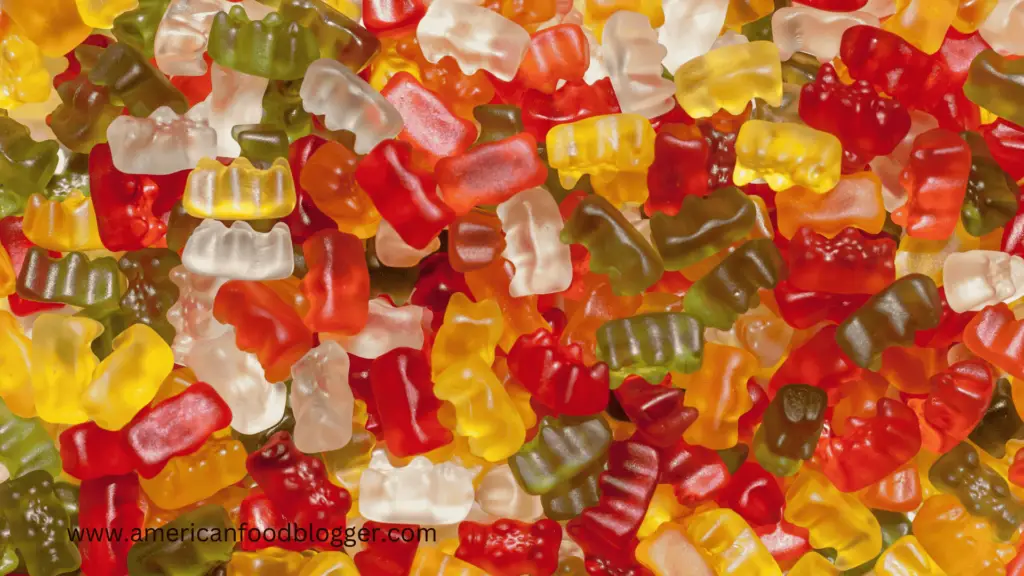
4. Artificial Food Colorings
Many artificial food colorings like Yellow No. 5 and Red No. 40 are allowed in the U.S., but banned or restricted in Europe. The EU considers them possibly harmful and requires warning labels when used. As a result, many companies avoid using these dyes in European products, highlighting the stricter food regulations in Europe.
Why banned?
Artificial food colorings have been banned or restricted in many European countries due to concerns about health and safety.
Here are some key reasons:
- Health Risks: Some studies connect artificial colorings to health issues, like hyperactivity in children. The European Food Safety Authority (EFSA) is cautious about allowing these additives without clear safety proof.
- Consumer Awareness: Europeans are more concerned about synthetic additives, leading to stricter rules and a preference for natural ingredients.
- Regulatory Precautions: The EU acts to prevent harm, especially to vulnerable groups like children, by being cautious with food safety.
- Alternatives: Natural colorings from fruits, vegetables and spices are seen as safer and fit the organic food trend.
- Labeling Requirements: In Europe, foods with artificial colorings must have warning labels, prompting many companies to avoid these additives.
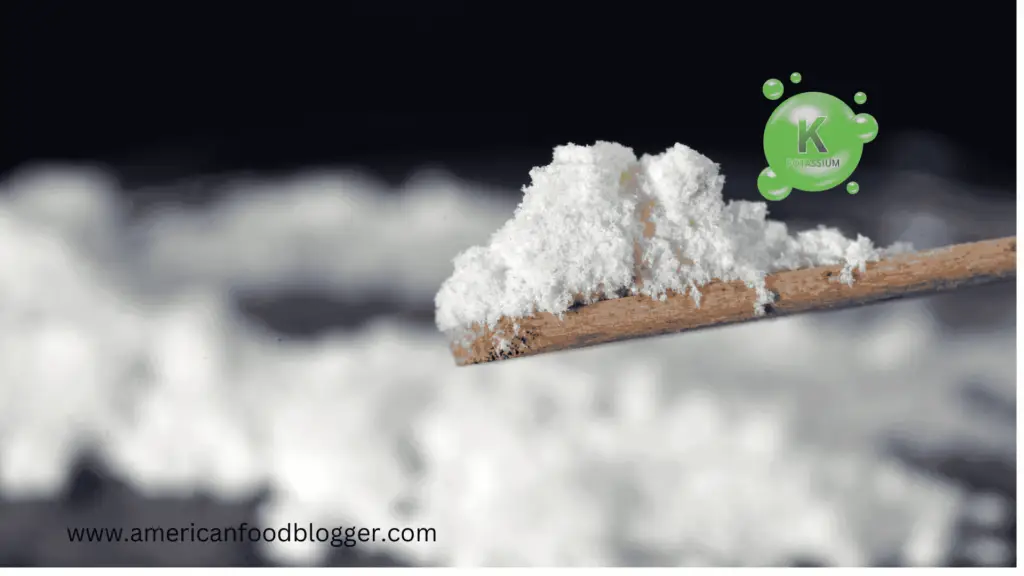
5. Potassium Bromate in Bread
Potassium bromate is a chemical additive used in the U.S. to enhance dough strength and bread rising. In Europe, it is banned due to concerns that it could be a potential carcinogen. While many American baked goods include this ingredient, European regulations consider it unsafe, highlighting differences in food safety standards.
Why it’s Banned in Europe
1. Health Concerns: Potassium bromate is banned in Europe because it is classified as a potential carcinogen, raising concerns about its cancer-causing effects.
2. Stricter Regulations: European food safety standards are stricter, leading to the ban of substances like potassium bromate to protect consumer health.
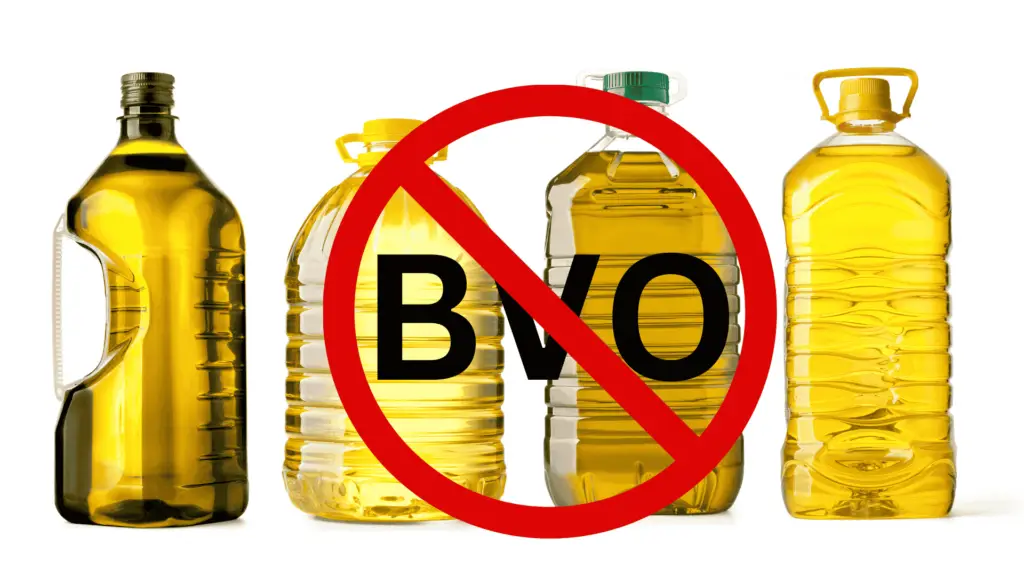
6. Brominated Vegetable Oil (BVO)
Brominated vegetable oil (BVO) is used in some American soft drinks and sports drinks to keep ingredients from separating. However, it is banned in Europe due to health concerns, such as possible effects on the thyroid and reproductive system. This ban highlights the differences in food safety standards between Europe and the U.S.
Why Brominated Vegetable Oil ban in Europe
Here are the key reasons to ban Brominated vegetable oil (BVO) in Europe:
- Health Risks: BVO has been linked to potential negative effects on the thyroid and reproductive system.
- Lack of Safety Data: European regulators are cautious due to insufficient long-term safety data.
- Regulatory Precautions: Europe takes a cautious approach, banning additives with potential health risks.
- Alternative Ingredients: Safer alternatives are available for emulsifying and stabilizing beverages, reducing the need for BVO.
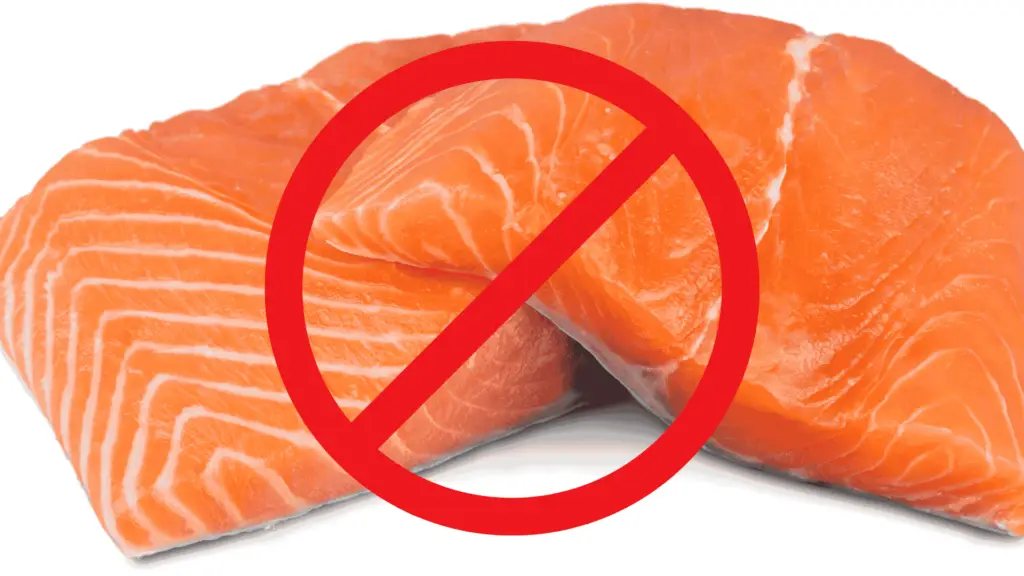
7. Farmed Salmon
Farmed salmon in the U.S. is often treated with artificial pigments to improve its color. However, these pigments are banned in Europe due to health concerns. The EU permits only wild-caught or sustainably farmed salmon that meets strict health and environmental standards. This shows another difference between American and European food practices.
Why Banned?
Here are the reasons:
- Health Concerns: Synthetic pigments used in U.S. farmed salmon have raised concerns about potential health risks, including long-term effects on human health.
- Regulatory Standards: The European Union enforces strict regulations on food additives and pigments, prioritizing consumer safety and environmental impact.
- Natural Alternatives: The EU allows only wild-caught or sustainably farmed salmon, which do not require artificial color enhancements, aligning with more natural and health-conscious food practices.
- Consumer Preference: European consumers and authorities prefer clear labeling and natural ingredients in food products, leading to the ban on synthetic pigments.
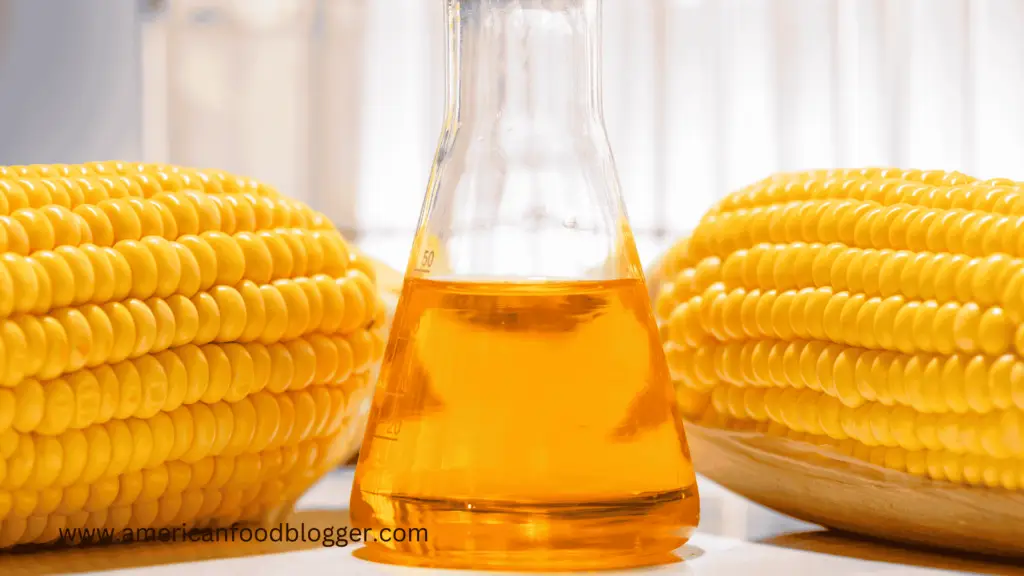
8. High Fructose Corn Syrup (HFCS)
High fructose corn syrup (HFCS) is a common sweetener in U.S. sodas and processed foods. While not banned in Europe, its use is heavily restricted due to health concerns. The EU’s strict limits on HFCS are driven by concerns over its links to obesity and other health issues, showcasing a more cautious approach to sweeteners compared to the U.S.
Why HFCS is heavily restricted in Europe
Key reasons for restriction:
- Health Concerns: HFCS is linked to obesity, metabolic syndrome, and other health issues, prompting stricter regulations.
- Obesity Epidemic: Europe is cautious about ingredients that may contribute to rising obesity rates and related health problems.
- Regulatory Standards: The EU has stricter food and beverage regulations, aiming to reduce the consumption of high-sugar additives.
- Alternative Sweeteners: The EU promotes the use of alternative sweeteners with lower health risks, aligning with healthier dietary guidelines.
Conclusion
The differences in food safety rules between the U.S. and Europe show how Europe takes a more cautious approach to protecting health. Many American foods banned in Europe contain ingredients or chemicals that have raised health concerns.
While the U.S. allows these ingredients, Europe has stricter standards and bans them to be safer. This highlights the ongoing debate about food safety and the balance between allowing new food products and ensuring they’re safe for everyone.
💡Topics We Covered:
2.Why Is American Food So Unhealthy
3.What Are the Most Disliked Foods in America
4.Why European Food Is Healthier Than American
5.Top 8 American Foods Banned in Other Countries
Frequently Asked Questions:
➤ Why are certain American foods banned in Europe?
Answer: The European Union (EU) enforces stricter food safety regulations than the U.S., often banning or restricting foods that contain additives, chemicals, or practices considered potentially harmful to human health or the environment.
➤ Which American foods are commonly banned in Europe?
Answer: Some of the commonly banned or restricted American foods include genetically modified organisms (GMOs), ractopamine-treated meat, chlorine-washed chicken, artificial food colorings, potassium bromate in bread, brominated vegetable oil (BVO), farmed salmon, and high fructose corn syrup (HFCS).
➤ Why are GMOs restricted in Europe?
Answer: Europe applies the precautionary principle to GMOs, meaning they are cautious due to concerns about long-term health and environmental impacts, including potential allergenicity and environmental disruption.
➤ What is Ractopamine, and why is it banned in Europe?
Answer: Ractopamine is a drug used to promote leaner meat in livestock. It’s banned in Europe due to concerns that it could affect human heart health and overall safety when consumed.
➤ Why is Chlorine-washed chicken banned in Europe?
Answer: The EU bans chlorine-washed chicken because it prefers stricter hygiene practices throughout poultry production and views chlorine washing as a quick fix for poor farming standards. They also have concerns about animal welfare.
➤ Why are Artificial food colorings like Yellow No. 5 and Red No. 40 banned in Europe?
Answer: Many artificial colorings are banned or restricted in Europe due to health concerns, including potential links to hyperactivity in children. The EU requires warning labels for products containing these additives, leading many companies to avoid them altogether.
➤ What is Potassium Bromate, and why is it banned in Europe?
Answer: Potassium bromate is an additive used in U.S. baked goods to strengthen dough and improve bread rising. It’s banned in Europe due to concerns that it may be carcinogenic.
➤ Why is brominated vegetable oil (BVO) banned in Europe?
Answer: BVO, found in some American sodas and sports drinks, is banned in Europe because of potential health risks, including effects on the thyroid and reproductive systems.
➤ Why is Farmed Salmon with artificial pigments banned in Europe?
Answer: Farmed salmon in the U.S. is often treated with artificial pigments to enhance color. These pigments are banned in Europe due to health concerns, and only wild-caught or sustainably farmed salmon is allowed.
➤ Is High Fructose Corn Syrup (HFCS) banned in Europe?
Answer: HFCS is not completely banned but is heavily restricted in Europe. The EU imposes limits due to concerns about its links to obesity and other health issues, promoting alternative sweeteners instead.
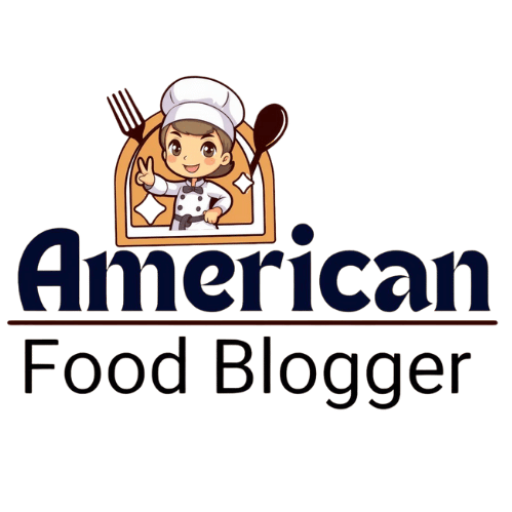
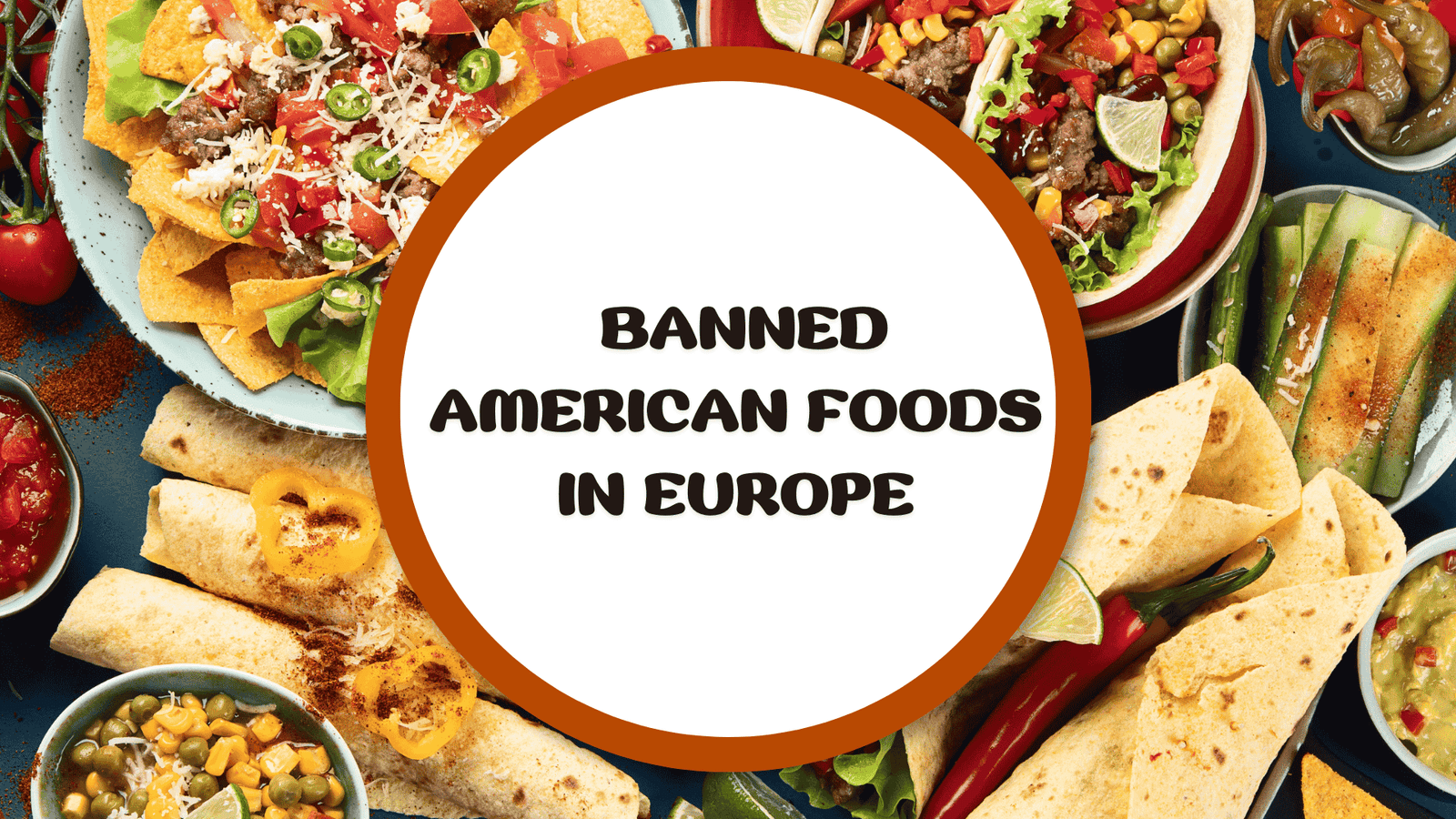
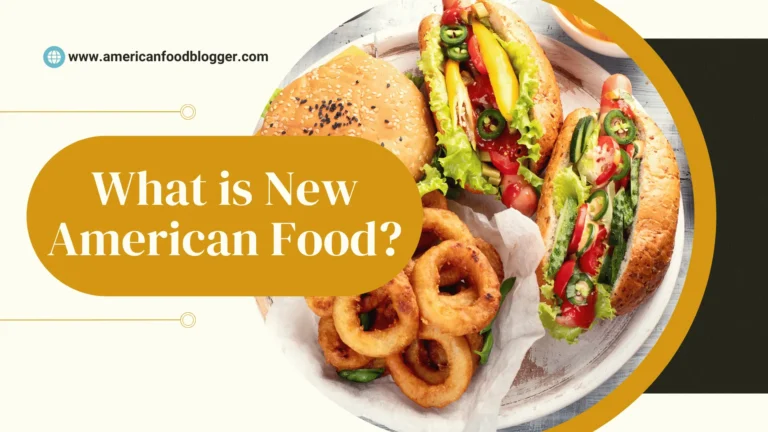
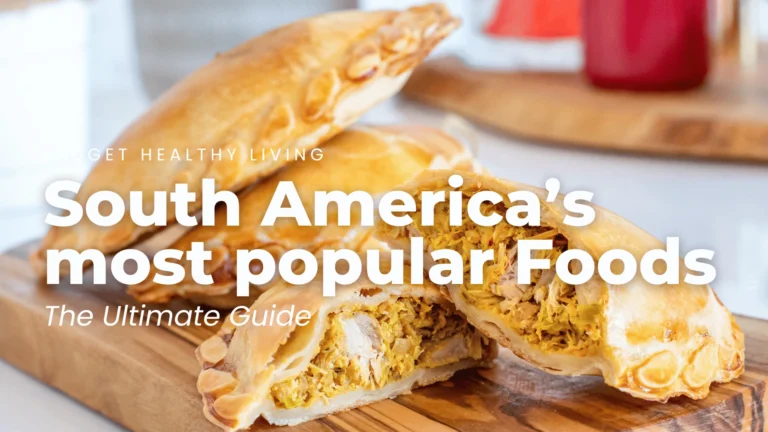
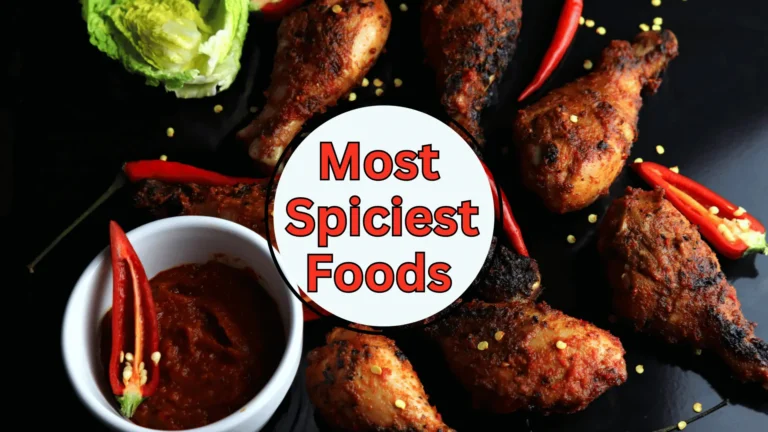
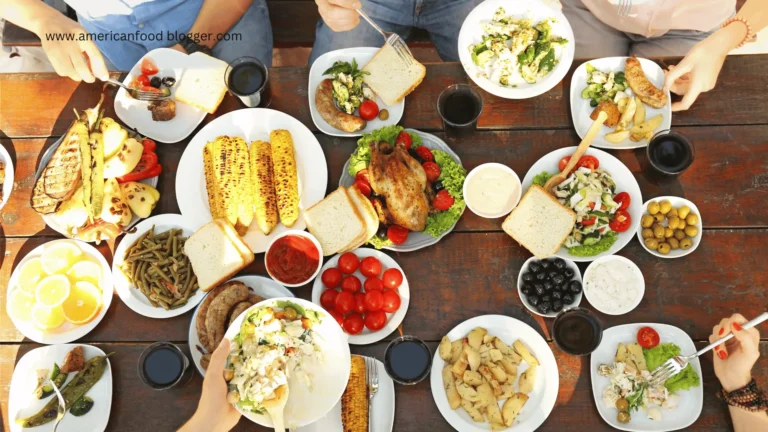
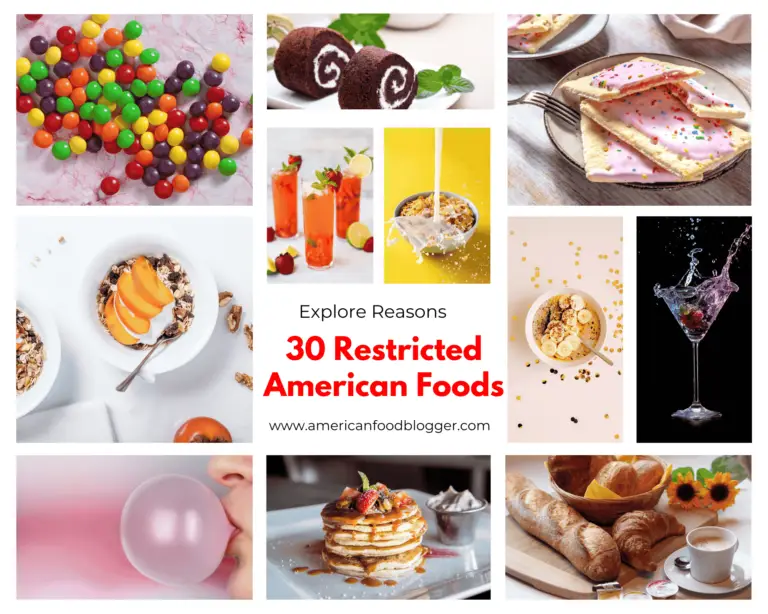
2 Comments